African Section
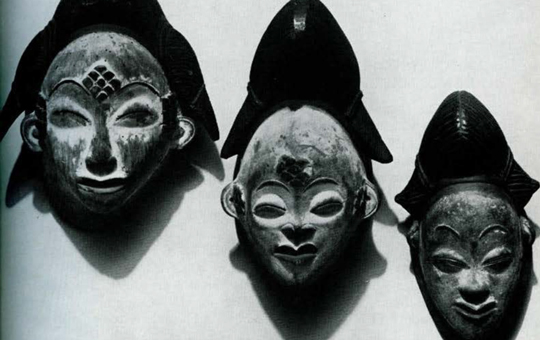
Vol. XXI / No. 4
By: Margaret Plass
A Walk Through the Gallery: African Negro Sculpture
The new African Gallery has been designed to exhibit, simply and honestly, a selection of sculptures from our permanent collections. […]
View Article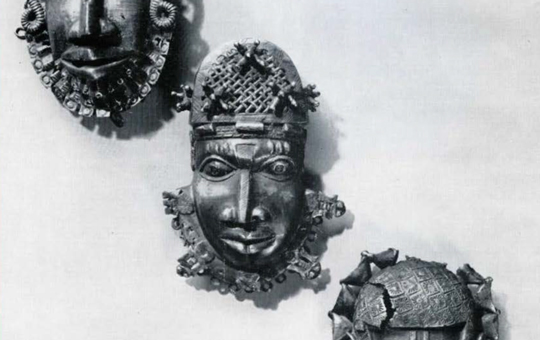
Vol. XXI / No. 4
By: Carleton S. Coon
Introduction: African Negro Sculpture
As you will shortly see-or have just seen-like other racial and ethnic areas, Negro Africa has its own special kind […]
View Article
Vol. XVI / No. 3
By: Lincoln Kirstein
Lincoln Kirstein: Ballet
Mr. Kirstein was the only selector to choose a piece from the Museum’s large New Ireland collection. Of this dance […]
View Article
Vol. XVI / No. 3
By: Charles Addams
Charles Addams: ...Of The New Yorker
Charles Addams chose this figure of a whale from a Tlingit helmet, Southeast Alaska, and remarked: These objects were selected […]
View Article
Vol. XIV / No. 3
By: C.-J. H.
Warp and Woof
WARP AND WOOF, the University Museum’s current exhibit of historic and contemporary textiles, has a double aim: to spread before […]
View Article

Vol. XI / No. 3
By: H. A. Weischhoff
III. Types of Money: Primitive Money
In enumerating the most important types of money which have had validity among primitive peoples, the following arrangement has been […]
View Article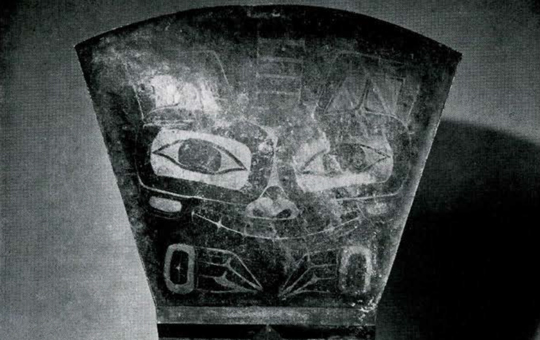
Vol. XI / No. 3
By: H. A. Weischhoff
II. Origin of Money: Primitive Money
The origin of money, like all problems of a similar nature, is a question which is invariably raised by scholars […]
View Article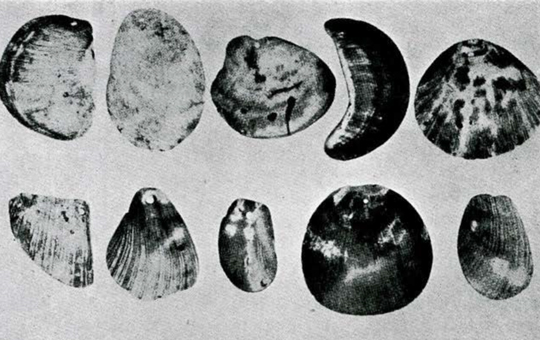
Vol. XI / No. 3
By: H. A. Weischhoff
I. What Is Money?: Primitive Money
In an age in which money has become the ultima ratio of human society and in which its function has […]
View Article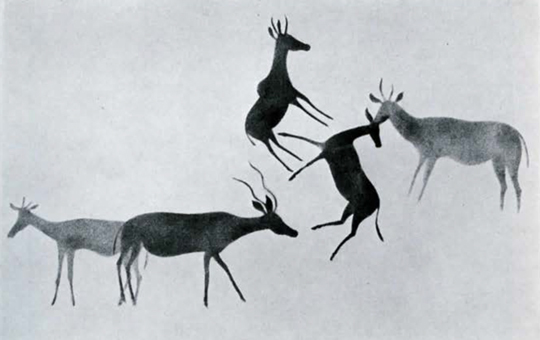
Vol. XI / No. 1-2
By: H. A. Weischhoff
Suggested Reading: The African Collections of the University Museum
Tribal Monographs Evans-Pritchard, E. E., Witchcraft, Oracles, and Magic among the Azande, London, 1937. Herskovits, M. J., Dahomey; an Ancient […]
View Article
